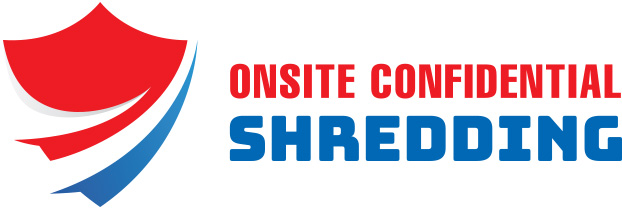23 Jan 5 common shredding mistakes to avoid in 2024
Posted at 08:06h
in Money Saving Tips
You could save thousands of dollars by shredding documents the proper way just by following these easy steps.
1. Shredding Only Some Documents
One common mistake businesses make is choosing to shred only a portion of what should be shredded. Most companies know to shred documents with any personally identifying information, such as social security or bank account numbers. But businesses overlook other sensitive data that deserves the same kind of treatment, like confidential business reports or data, client lists, and vendor contracts. It’s important to implement a comprehensive document destruction policy that oversees the shredding of all documents that are no longer needed.
2. Holding Onto Documents Longer Than Necessary
Holding onto documents longer than is required can increase the risk of data breaches and non-compliance with data protection regulations. Hanging onto documents also clutters office space and increases the risk of misplacing or giving people unauthorized access to sensitive information. Your company should have a clear document retention policy that outlines exactly how long different types of documents should be stored to ensure that all papers with sensitive information are shredded or otherwise properly disposed of when no longer needed.
3. Improperly Disposing of Shredded Materials
Another common mistake companies make is simply tossing shredded documents into their communal trash cans and throwing them out with the rest of the trash in the regular dumpster. But shredding is only one facet of document destruction and disposal. After documents are shredded, improper disposal can still leave them vulnerable to unauthorized access.
4. Not Properly Training Employees
Many businesses fail to establish and document clear shredding policies and procedures. This can result in inconsistent or inadequate shredding practices, increasing the risk of data breaches and compliance violations. It’s important to have documented shredding policies and procedures in place and to thoroughly train each employee on the best practices regarding document shredding. This includes understanding which documents should be shredded, how to properly use shredders, and how to handle shredded materials.




